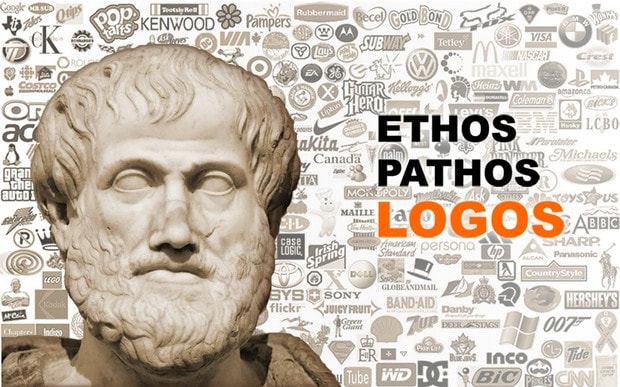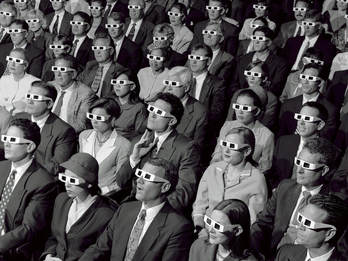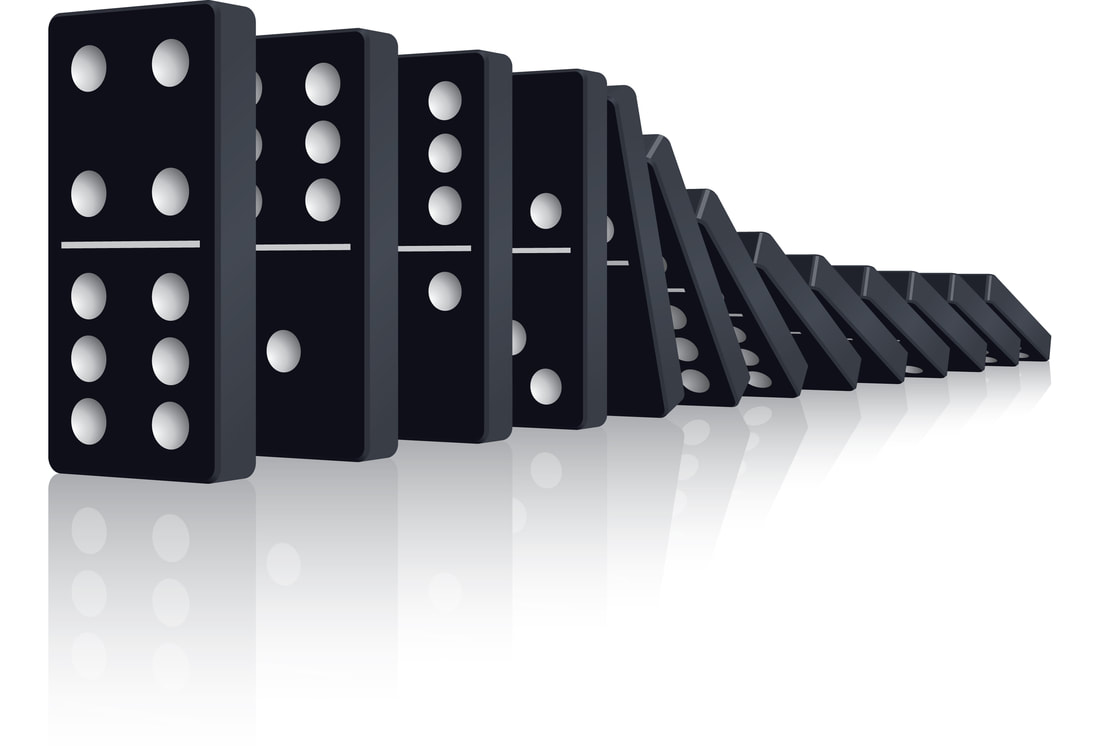A Sense of Doubt blog post #1530 - Rhetoric - via Amber Lemiere
One of the great things about my new jobs at both schools where I am the "new guy" is meeting some really wonderful new colleagues. At Lower Columbia College, one of the first of these was my "professional partner" (mentor), Amber Lemiere, who creates amazing course content on her weebly site for the classes she teaches.
Given that I have asked my students to employ the Rhetorical Triangle (ethos, pathos, logos) in their essays this term, I asked Amber if I could share with her permission this content from her site.
To be clear, all the content below is REPRINTED from https://lemiere101.weebly.com/ and is NOT my writing but rather the writing of Amber Lemiere, English faculty at Lower Columbia College in Longview, WA.
THE FOLLOWING TEXT BY AMBER LEMIERE
https://lemiere101.weebly.com/rhetorical-situation.html
The Rhetorical Situation
Knowing the layers of the rhetorical situation helps us to understand and critique the effectiveness of any given text, while also preparing us to be creators of our own effective texts.
 At the heart of any rhetorical text is purpose(s):yes, there may be more than one. This is the source of inspiration for any text. The effectiveness/ineffectiveness of a text can be evaluated, at this level, based on the worth/merit of the purpose(s) that inspired the text in the first place, and any truth(s) these purpose(s) might be based upon. Are they actually "true"?
At the heart of any rhetorical text is purpose(s):yes, there may be more than one. This is the source of inspiration for any text. The effectiveness/ineffectiveness of a text can be evaluated, at this level, based on the worth/merit of the purpose(s) that inspired the text in the first place, and any truth(s) these purpose(s) might be based upon. Are they actually "true"?
 The purpose of a text is
interpreted and presented by the author(s); this implies that we can only know the
ideas presented as they are filtered by the author who conveys them. In other
words, we consume the purposes and truths through the perceptions or lenses of
the author. This suggests that investigating the author(s) a bit could help us
to clarify our understanding of the text’s effectiveness/ineffectiveness. Who is this person? What
authority do they have to speak on the subject? How are they perceived by the
public, in general? How might their background/personality shape the text in a
unique way?
The purpose of a text is
interpreted and presented by the author(s); this implies that we can only know the
ideas presented as they are filtered by the author who conveys them. In other
words, we consume the purposes and truths through the perceptions or lenses of
the author. This suggests that investigating the author(s) a bit could help us
to clarify our understanding of the text’s effectiveness/ineffectiveness. Who is this person? What
authority do they have to speak on the subject? How are they perceived by the
public, in general? How might their background/personality shape the text in a
unique way?

- Linguistic: the use of language/words to convey meaning (pay close attention to word choice and any literary/poetic devices)
- Audio: the use of sound to convey meaning (tone of voice, volume, speed, style, and emotions that are evoked through soundtracks, for example)
- Gestural: the use of gestures to convey meaning (pay close attention to facial expressions as well as body language)
- Spatial: the use of scenery/location to convey meaning (what is the physical backdrop for the message? what is the scene/setting?)
- Visual: the use of visual design to convey meaning (pay close attention to color, light and dark contrast, focus, background and foreground, shapes, scale, etc.)

While design engages an audience, the rhetorical appeals persuade. These appeals serve as bridges between the design of the text and the audience: targeting their minds, hearts, and guts. They are: ethos, pathos, and logos. How does the author effectively/ineffectively utilize these “available means of persuasion” (
The three rhetorical appeals:
- Ethos: an appeal that aims to establish credibility or trust with the audience, focus on good character and values (may also highlight the opposite qualities when presenting ideas that represent the opposition)
- Pathos: an appeal that aims to evoke emotions in a range such as sadness or happiness, focus on the feelings of the audience
- Logos: an appeal that aims to engage the minds of the audience through use of reasoning and logic, focus on the facts and logistics of problems and solutions (may also highlight the illogical nature of ideas that represent the opposition)
 Again, the rhetorical appeals create bridges between the design and an audience, whether that audience was intended (by the author who designed the message with a particular audience in mind), or merely reached (the author did not design with this audience in mind, but technology/globalization/other factors dispersed the message further than intended). You can measure the effectiveness/ineffectiveness of a text by learning about the audiences involved and how they have been considered/overlooked in the creation of the text.
Again, the rhetorical appeals create bridges between the design and an audience, whether that audience was intended (by the author who designed the message with a particular audience in mind), or merely reached (the author did not design with this audience in mind, but technology/globalization/other factors dispersed the message further than intended). You can measure the effectiveness/ineffectiveness of a text by learning about the audiences involved and how they have been considered/overlooked in the creation of the text.  Once a message reaches an audience, there are likely to be consequences, or ripple effects (both positive and negative). We may interpret a text differently based on our knowledge of these consequences: how others reacted, what was said in response, etc. While a text may seem effective/ineffective at a certain layer of the rhetorical situation, the consequences may cause us to question or alter those original claims.
Once a message reaches an audience, there are likely to be consequences, or ripple effects (both positive and negative). We may interpret a text differently based on our knowledge of these consequences: how others reacted, what was said in response, etc. While a text may seem effective/ineffective at a certain layer of the rhetorical situation, the consequences may cause us to question or alter those original claims. All of these layers of the rhetorical situation exist within context. Context is like an atmosphere, since it is always present and surrounding. Here, we might examine the political, cultural, social, historical, and/or geographical context in which the truth/purpose was conveyed. Context shapes the truth, the author’s understanding of it, the effectiveness of certain mediums, the access we have to available means of persuasion, the willingness of the audience to engage in the content of the message, and the consequence that will result. Effectiveness/ineffectiveness ebbs and flows within the atmospheric conditions of context. (Consider “kairos” as well: the opportune moment. And exigence: something that is not as it ought to be).

Finally, we must remember that there is a blind spot that cuts through the entire rhetorical situation. We can never know the full truth, investigate everything about the author, or understand fully the effects of the design, the complexities of our audiences, the scope of the consequences, or the richness of the context. We can, therefore, never fully understand a text or create a perfect one ourselves. When we critique and create a text, we should acknowledge our blind spot by 1) recognizing the limits and constraints of a single text, 2) setting our own limits and constraints and making them known, 3) minimizing our blind spot through inquiry and conversation, and 4) admitting our limits, such as bias or personal experience.
+++++++++++++++++++++++++++++++++++++++++++++++++++++++++++++++++++++++
+++++++++++++++++++++++++++++++++++++++++++++++++++++++++++++++++++++++
+++++++++++++++++++++++++++++++++++++++++++++++++++++++++++++++++++++++
- Bloggery committed by chris tower - 1404.29 - 10:10
- Days ago = 1395 days ago
- New note - On 1807.06, I ceased daily transmission of my Hey Mom feature after three years of daily conversations. I plan to continue Hey Mom posts at least twice per week but will continue to post the days since ("Days Ago") count on my blog each day. The blog entry numbering in the title has changed to reflect total Sense of Doubt posts since I began the blog on 0705.04, which include Hey Mom posts, Daily Bowie posts, and Sense of Doubt posts. Hey Mom posts will still be numbered sequentially. New Hey Mom posts will use the same format as all the other Hey Mom posts; all other posts will feature this format seen here.


No comments:
Post a Comment